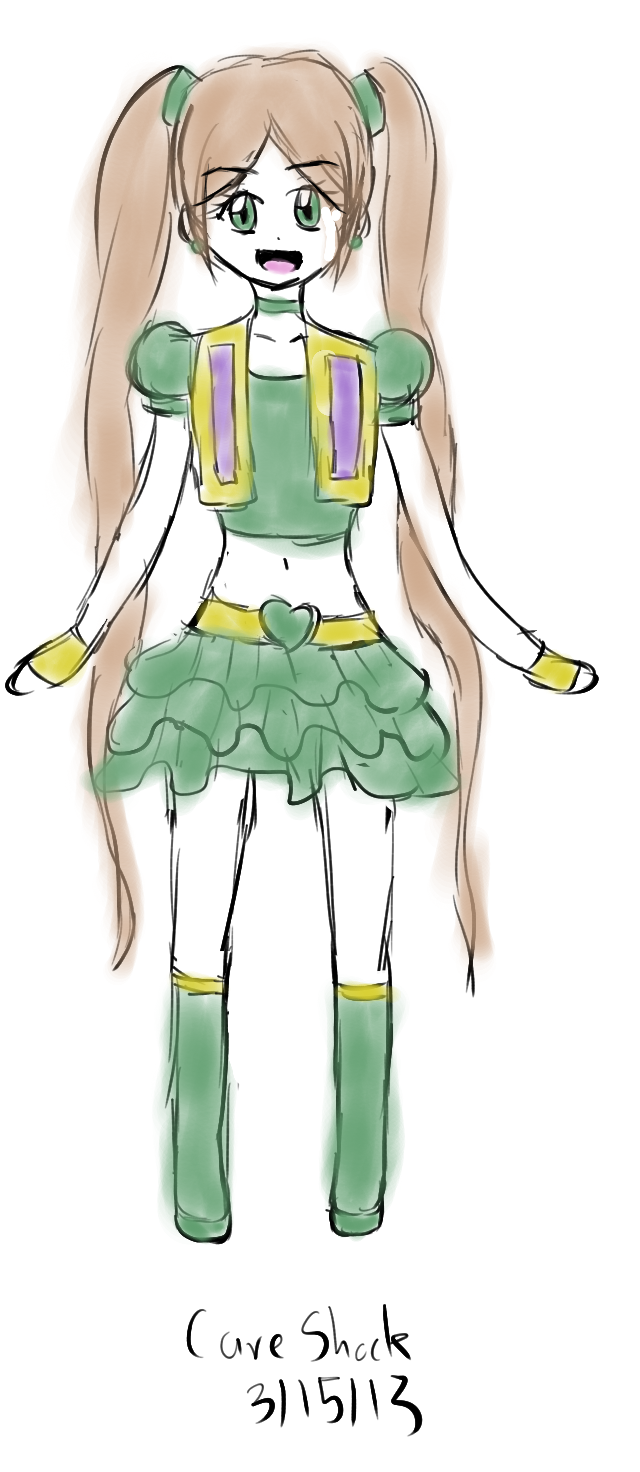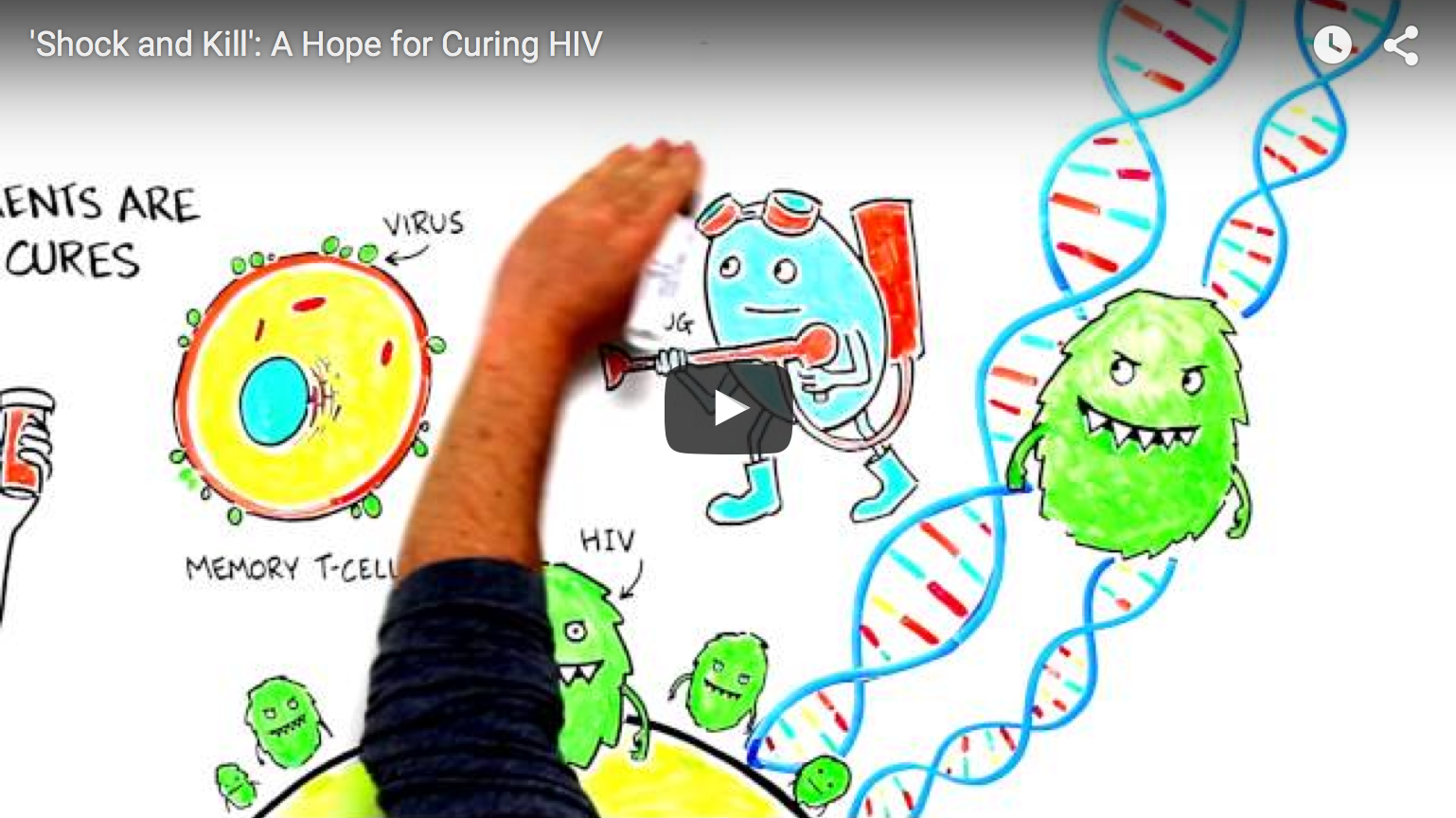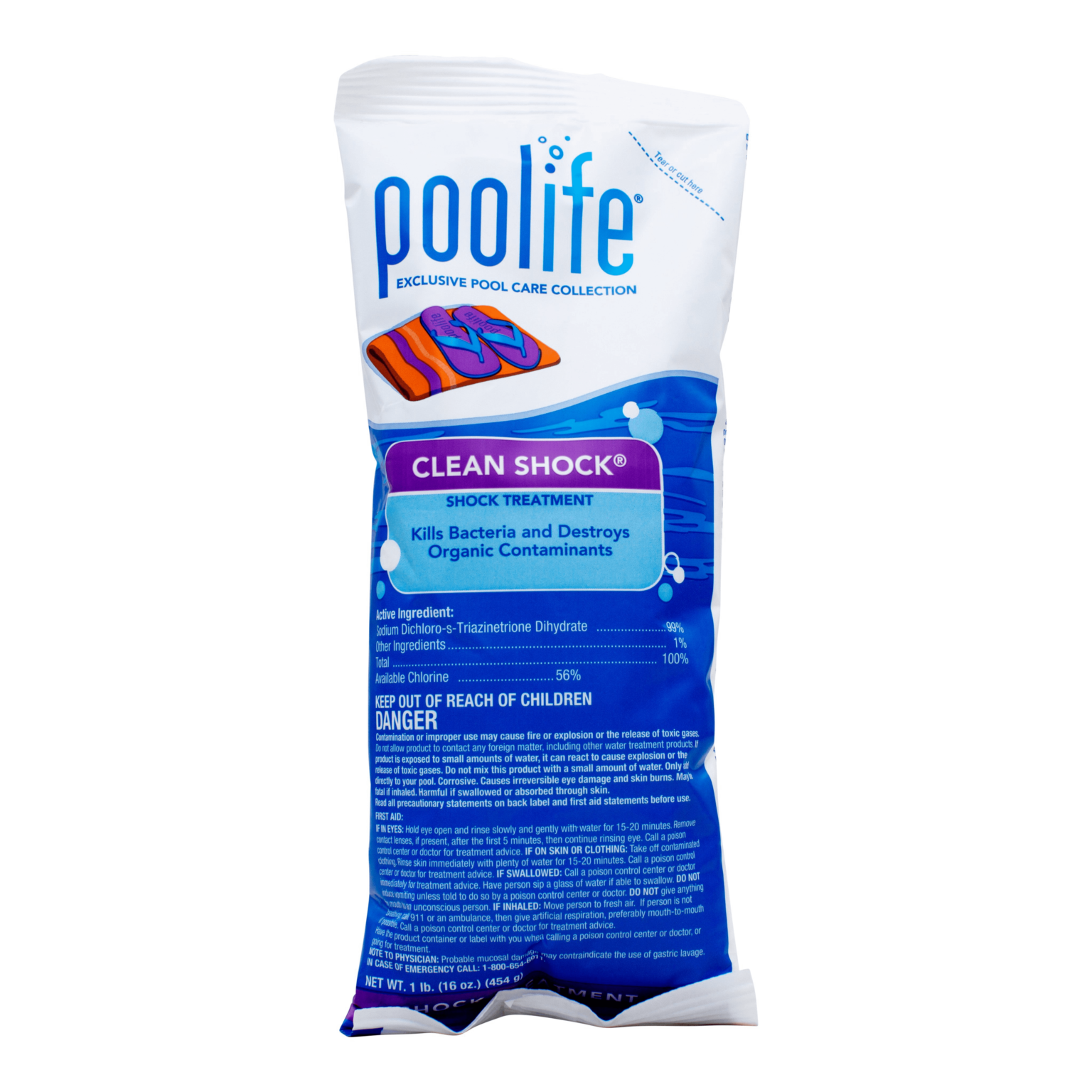Casual Tips About How To Cure Shock

Then take the following steps right away:
How to cure shock. Make sure the victim is breathing. Blood pressure and heart rate may still be normal at this point. Call 999 or 112 for medical help and say you think they are in shock, and explain what you think caused it (such as bleeding or a heart attack).
Shock first aid treatment involves giving first aid to someone who has suffered from shock. You’ve lost 15% of your body’s blood (750 ml or about 25 ounces). Signs and symptoms of shock include the following:
Contact with downed power lines. If not, begin rescue breathing. Several things can cause an electric shock, including:
Shock helps reduce your awareness of your physical or emotional pain by dulling your senses, making you numb, and reducing your conscious cognizance of the event. Weak, rapid pulse cold, clammy skin faintness/dizziness nausea. Distributive shock or vasodilatory shock is a medical emergency where your body can’t get enough.
Do not raise the person's head. Overview excessively relaxed blood vessels in distributive shock are unable to deliver enough blood. Safety and first aid first aid for shock first aid for shock signs and symptoms of shock signs of shock can include:
The four stages of hypovolemic shock are: The timing of prince william’s unprecedented intervention relating to the war in gaza has raised questions about the involvement of the uk foreign office, and whether the royal. The danger from an electrical shock depends on the type of current, how high the voltage is, how the current traveled through the body, the person's overall health and how quickly the person is treated.
In cases of shock, insufficient blood gets to the organs to supply oxygen and other nutrients. With hypovolemic shock, there’s a large loss of blood or fluids. Immediately after an injury, people may show little evidence of experiencing shock.
The trainer explains the causes of shock, the signs &. If a person has sepsis, they may need antibiotics, oxygen, and intravenous (iv) fluids. You’ve lost 15% to 30% of your body’s blood (750 ml to 1,500 ml or up to almost.
Hospital emergency departments in the united states report more than 1 million cases of shock each year. You need to ensure that the responders know where you are so they can reach the victim as quickly as possible. Before you administer any kind of treatment it's important to know what you're dealing with.
An electric shock happens when an electric current passes through your body. A st john ambulance trainer demonstrates how to treat shock (not to be confused with emotional shock). Learn how to recognize and treat this life.


















